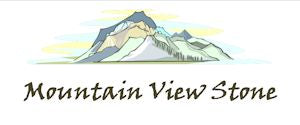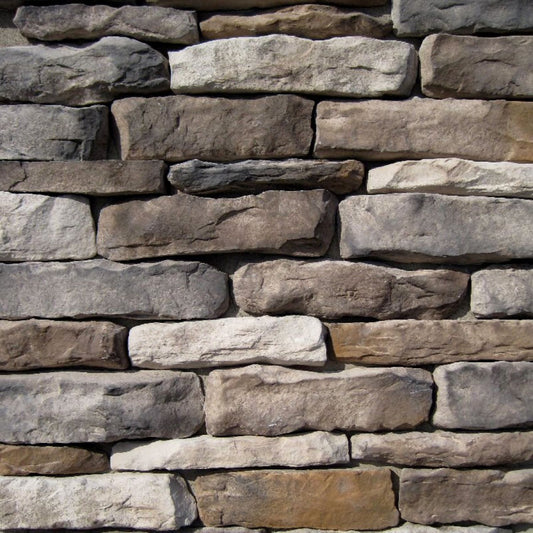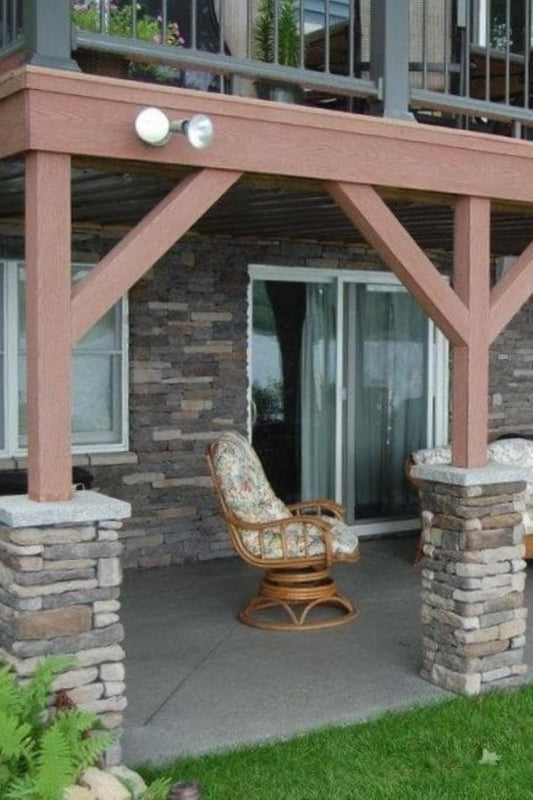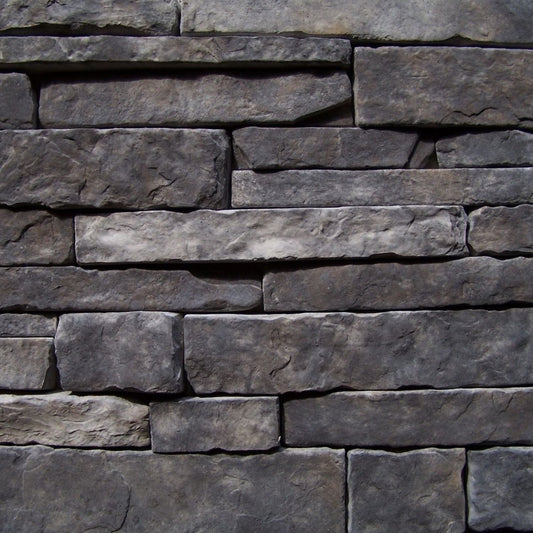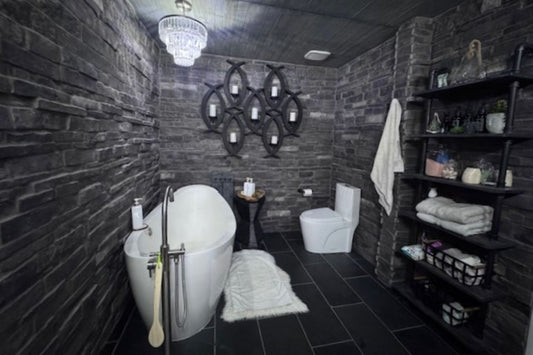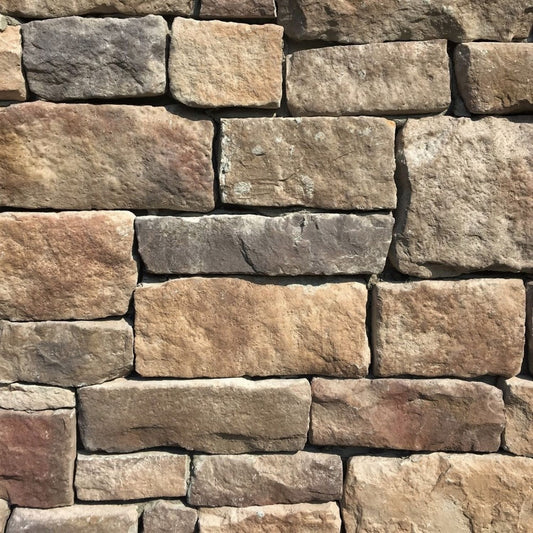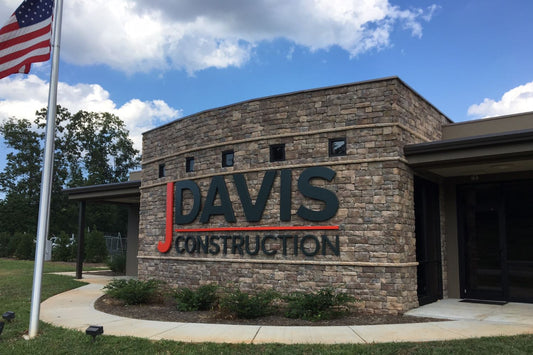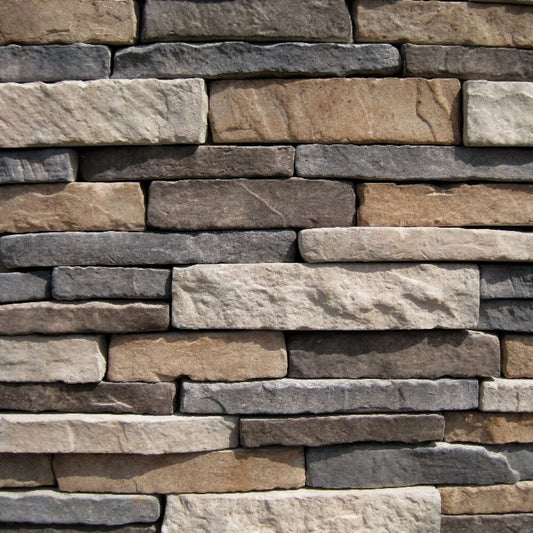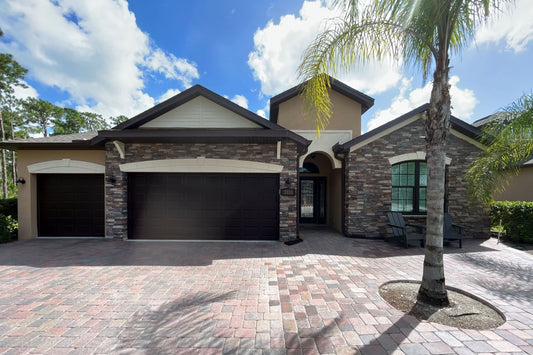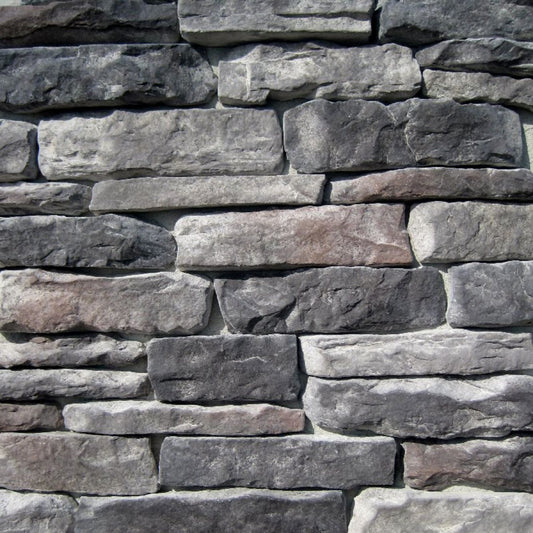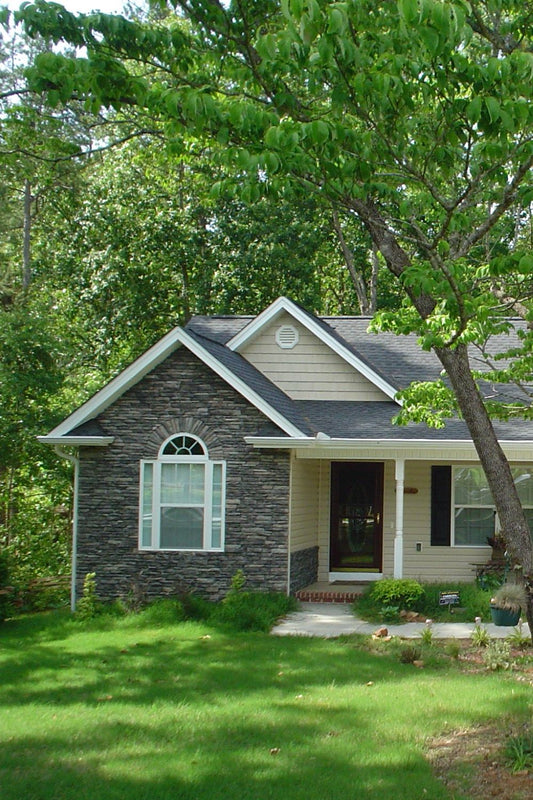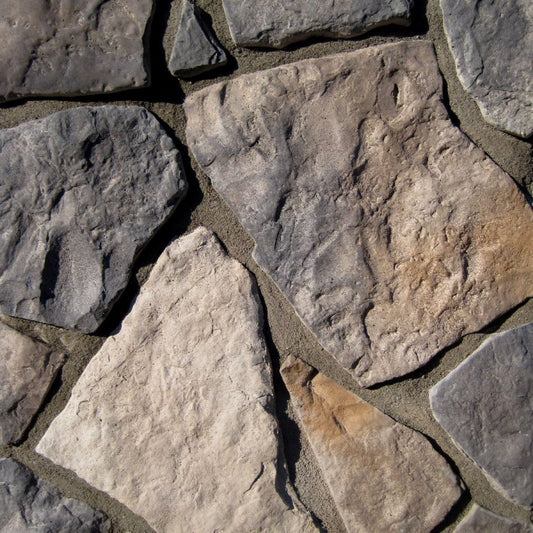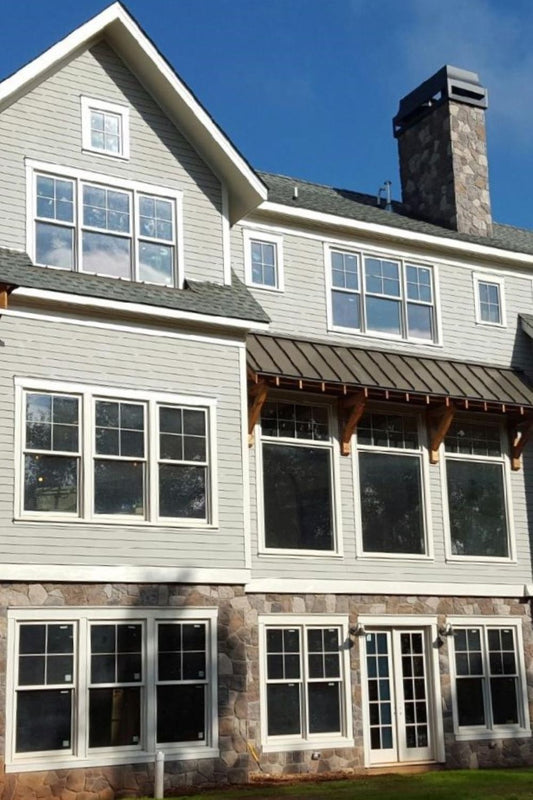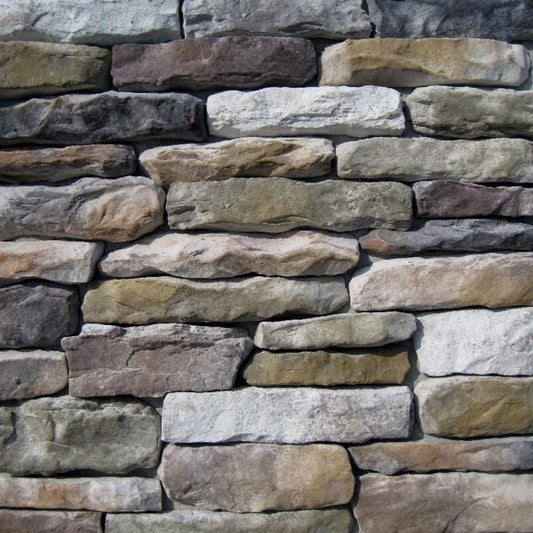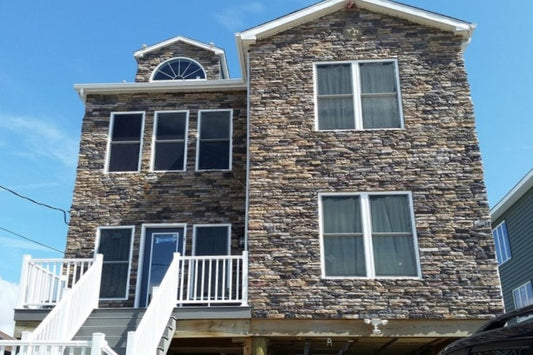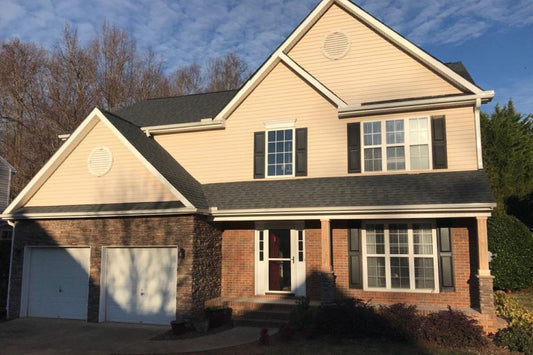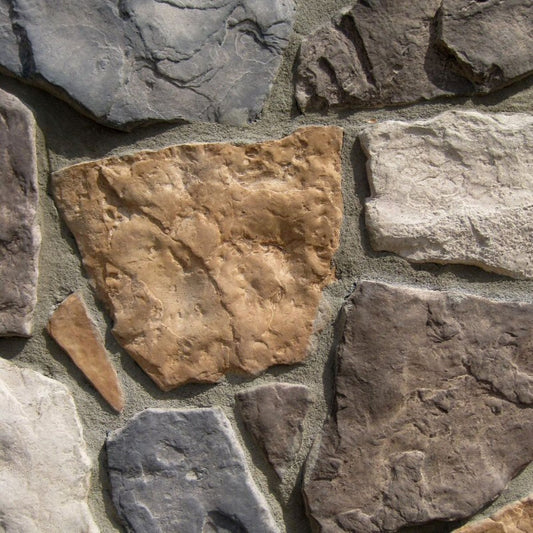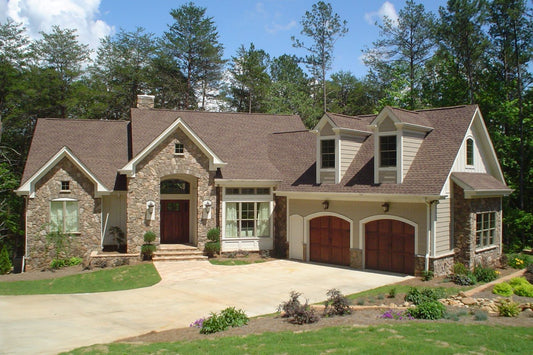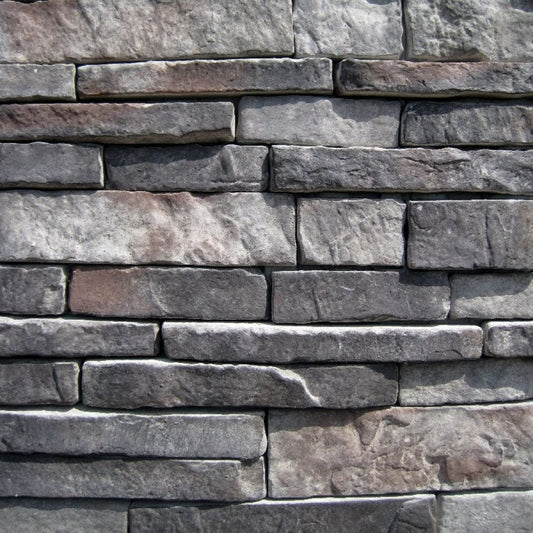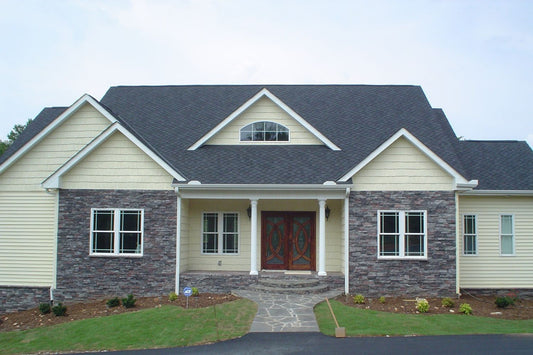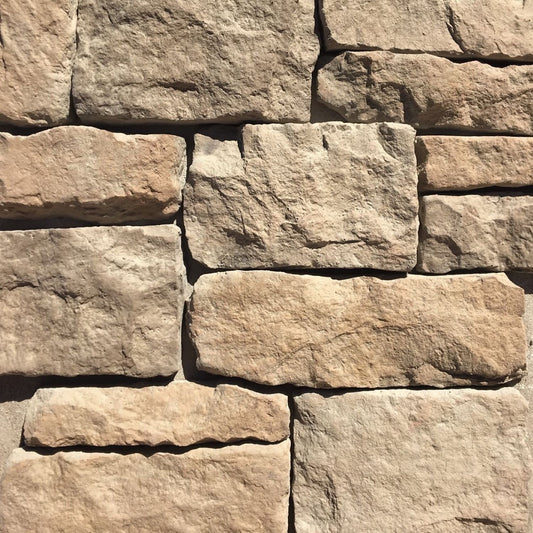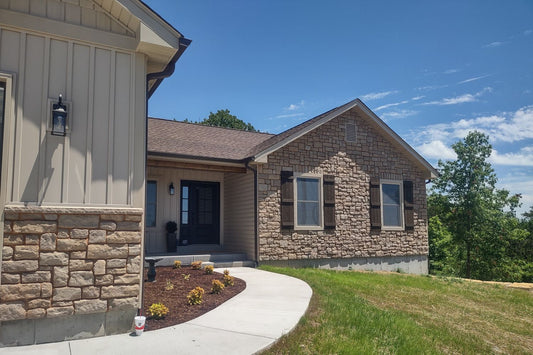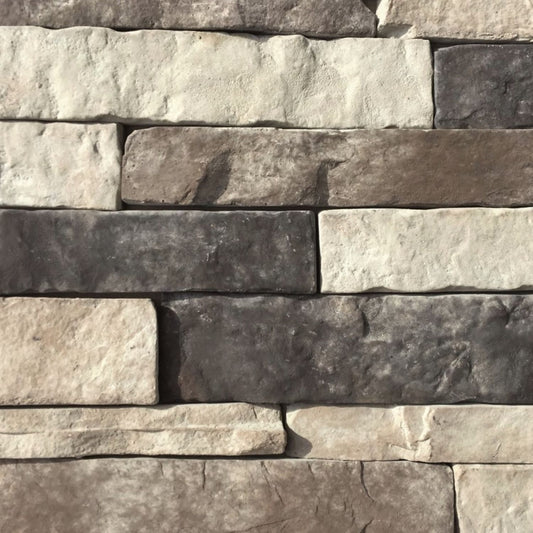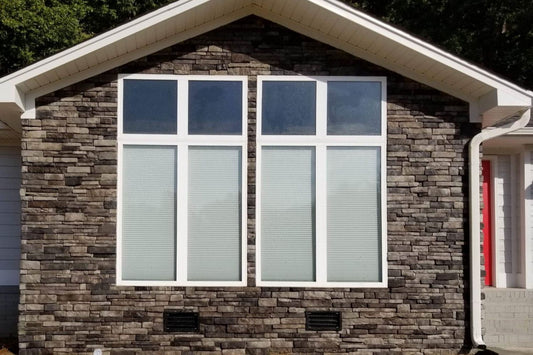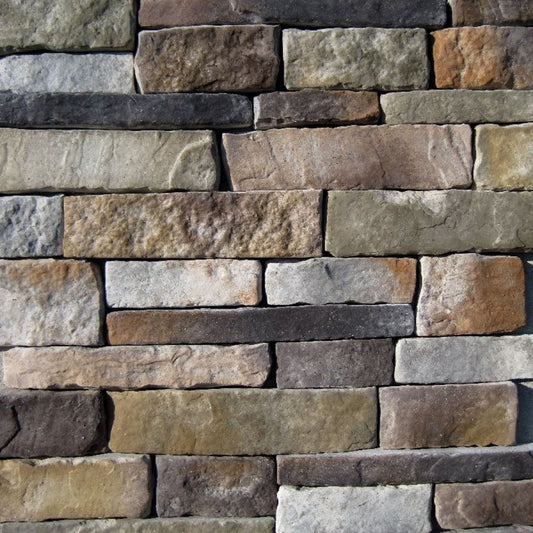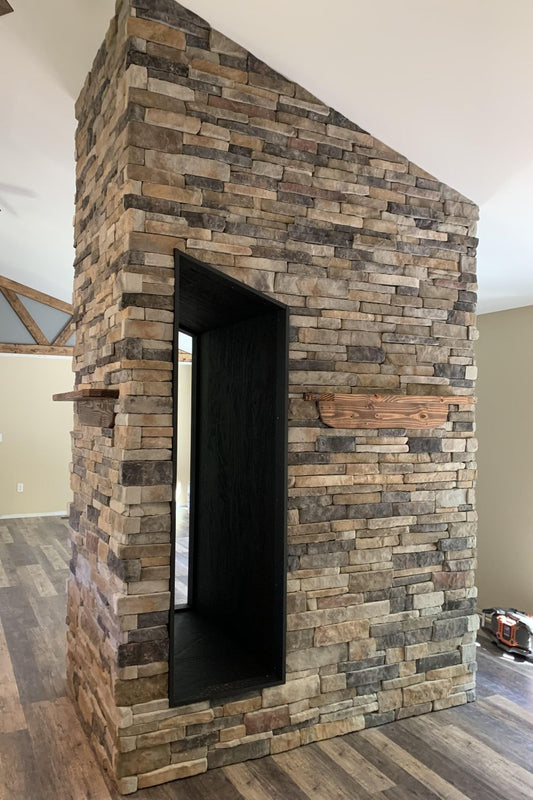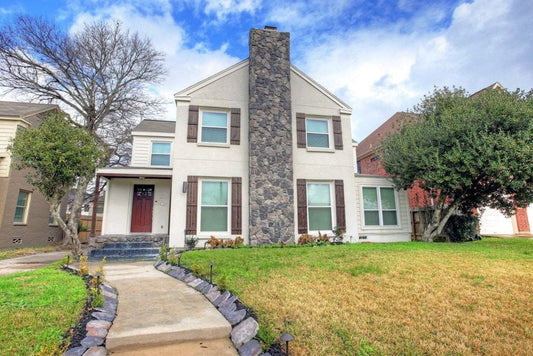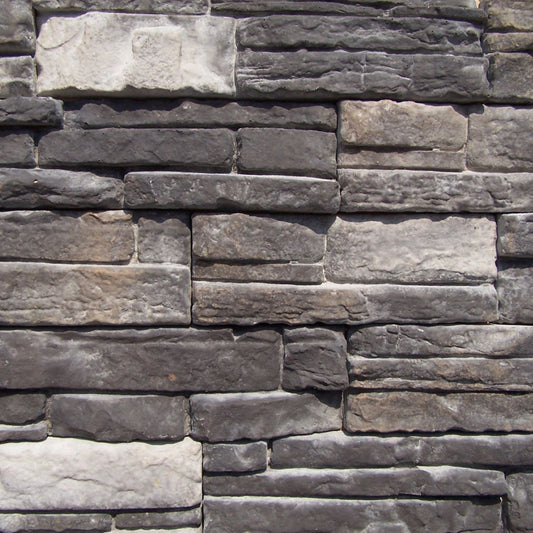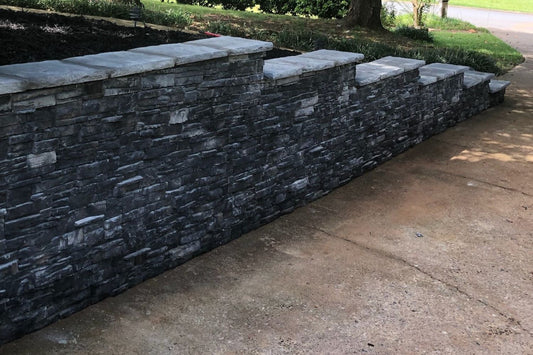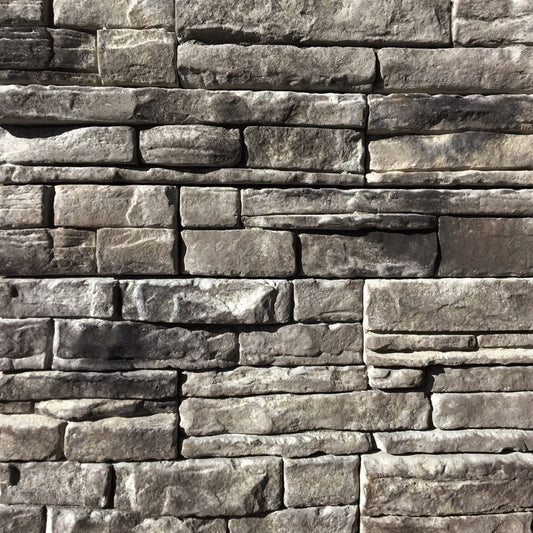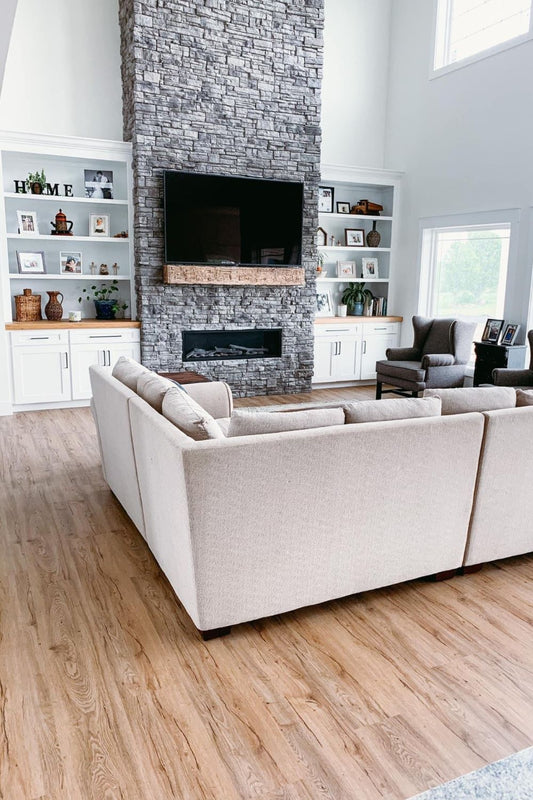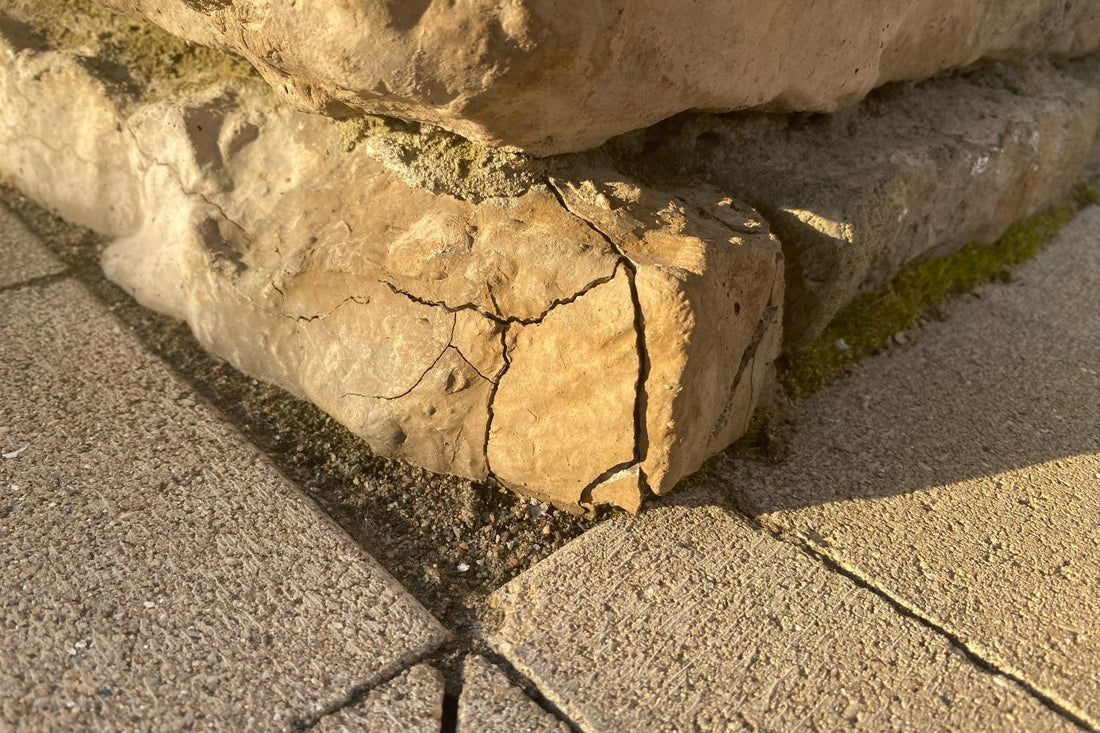
Can Stone Veneer Touch the Ground?
Share
When installing stone veneer, one crucial consideration is whether it can come into direct contact with the ground. While stone veneer is designed to be durable, proper installation techniques are essential to ensure longevity and prevent potential issues like moisture damage.
Why stone veneer should not touch the ground
1. Moisture wicking & water damage: stone veneer is not waterproof; it is porous and can absorb moisture from direct contact with soil or concrete surfaces. If stone veneer is installed at ground level without proper clearance, it may wick water upward, leading to discoloration, efflorescence (white salt deposits), and even deterioration over time (spalling).
2. Freeze-thaw damage: in colder climates, trapped moisture can freeze and expand, causing the veneer to crack or detach. This is especially problematic in regions with frequent freeze-thaw cycles, where water infiltration can significantly reduce the lifespan of the stone veneer.
3. Mold, mildew, and algae growth: constant exposure to moisture creates a breeding ground for mold, mildew, and algae, which can not only affect the appearance of the stone but also compromise the integrity of the installation
4. Pest infestation: if installed at or below grade, stone veneer can create hiding places for insects, including termites and ants. Keeping stone veneer off the ground helps mitigate this risk.
Stone veneer is not waterproof
Although stone veneer is designed to be weather-resistant, it is not waterproof. It’s important to understand that while stone veneer can resist some moisture, prolonged exposure to water or direct contact with wet surfaces can lead to issues like mold, mildew, and spalling. Manufactured stone is porous, meaning it can absorb moisture, which could eventually cause damage, especially in areas with high humidity or freeze-thaw cycles. To prevent these issues, proper installation is crucial. This includes using a moisture barrier, installing a drainage plane behind the veneer, ensuring proper sealing, and maintaining industry standards for ground clearance. When stone veneer touches the ground or is installed in direct contact with moisture, the likelihood of water infiltration increases, leading to potential damage over time. Always allow for adequate clearance from the ground to ensure that water doesn't pool around the veneer and to allow for proper ventilation.
Stone veneer and freeze-thaw cycles
Freeze-thaw cycles can be particularly damaging to stone veneer, especially in climates with cold winters. When water infiltrates the stone veneer and freezes, it expands, exerting pressure on the material. This can cause the veneer to crack, delaminate, or suffer from spalling as the freezing and thawing process repeats. Stone veneer, while durable, is still susceptible to this type of damage if proper precautions aren’t taken. To mitigate the effects of freeze-thaw cycles, it's crucial to ensure that the veneer is installed with a reliable moisture barrier and drainage system behind it. This helps prevent water from being trapped within the veneer. Additionally, maintaining clearance between the veneer and the ground is essential, as it prevents water from pooling at the base of the installation, where it can freeze during colder months. By properly sealing the stone veneer and ensuring the installation includes measures to protect against moisture, the risk of freeze-thaw damage can be greatly reduced.
What is efflorescence?
Efflorescence is the white, powdery substance that can appear on the surface of stone veneer, usually after exposure to moisture. It occurs when water moves through the material, carrying soluble salts with it. When the moisture evaporates, the salts are left behind, forming the white deposits on the stone's surface. While efflorescence itself doesn’t typically cause structural damage, it can detract from the aesthetic appearance of the stone veneer. The good news is that it is usually temporary and can be removed through cleaning. However, if efflorescence is a recurring issue, it may indicate that the stone veneer is absorbing too much moisture due to improper installation or lack of a moisture barrier. In such cases, it's important to address the root cause to prevent further build-up and potential damage.
What is spalling?
Spalling is the process where the surface of a material, like concrete, brick, or stone, deteriorates and flakes, chips, or crumbles away. It usually occurs due to moisture infiltration, freeze-thaw cycles, or chemical reactions that weaken the material over time. In the context of stone veneer, spalling can happen if moisture gets trapped within the veneer and then expands when it freezes. This causes the outer layer of the stone to break apart, leading to aesthetic and structural damage. Proper installation techniques, such as maintaining clearance from the ground, using a drainage system, and sealing the veneer, can help prevent spalling.
Should I seal stone veneer?
Sealing stone veneer is highly recommended, but it depends on the specific conditions of your installation and the climate where you live. Sealing provides an extra layer of protection against moisture absorption, staining, and the growth of mold and mildew. It can also help prevent efflorescence and minimize the chances of spalling and other forms of damage due to water infiltration. Sealers come in different types, including penetrating sealers that protect the stone from within and surface sealers that create a barrier on the outside. Penetrating sealers are generally preferred for stone veneer because they allow the material to breathe while still preventing water from penetrating. However, it’s important to keep in mind that stone veneer is not a completely waterproof material, even with a sealant. Over time, seals can wear down, so it’s essential to reapply the sealant periodically, especially in high-moisture areas or climates that experience freeze-thaw cycles. If your stone veneer is installed in a dry, low-humidity area and is well-maintained, sealing may not be necessary. But for installations exposed to weather, high moisture, or freeze-thaw conditions, sealing is a valuable investment to preserve the look and longevity of your stone veneer.
How much ground clearance is required?
To ensure the longevity of your stone veneer installation, industry standards recommend maintaining the following clearances:
1. Above soil or mulch: a minimum of 4 inches of clearance from grade is required to prevent direct moisture contact.
2. Above hard surfaces (concrete, patios, driveways): maintain at least 2 inches of space to prevent moisture wicking from standing water.
Following these clearance guidelines will help protect your stone veneer from moisture-related damage and increase its lifespan.
Alternative solutions
If you want the look of stone at ground level, consider:
1. Using natural stone or a concrete base material at grade, then transitioning to manufactured stone veneer higher up.
2. Choosing a stone veneer product specifically rated for ground contact, if available.
Can stone veneer touch the ground?
While stone veneer should not directly touch the ground, following proper installation guidelines will enhance its durability and aesthetic appeal. By maintaining adequate clearance and incorporating moisture management strategies, you can protect your investment and ensure your stone veneer installation lasts for years to come.
What's next?
Elevate your space with our premium stone veneer! Shop now to discover the perfect style or order a sample to experience the quality firsthand. Start your project today!
Have a question?
Please see our full terms of service.
For general information and questions please call: (864) 882-8960 Mon. - Fri. 8am - 5pm (EST) or email: info@mountainviewstone.net we are more than happy to help you.
Or you can submit your questions via our contact us page.
We look forward to working with you on your upcoming project.
The Mountain View Stone Team
